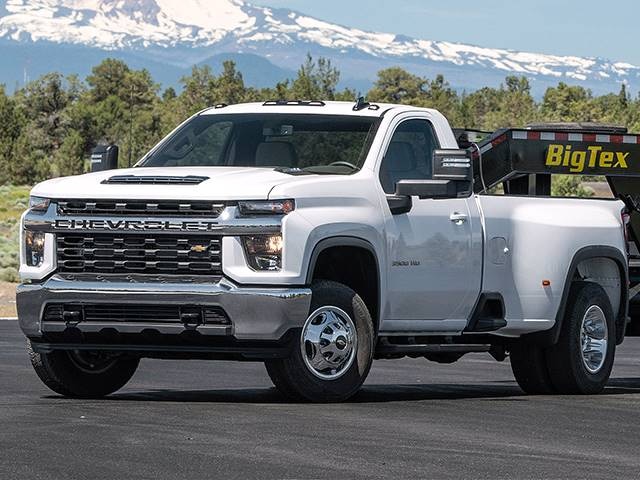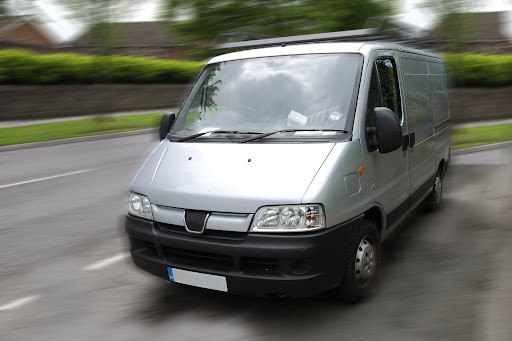
Small business owners are always looking for ways to save money, and the IRS offers several tax incentives to help businesses grow and reduce costs. If you purchased or leased a vehicle for your business in 2025, you may qualify for the Section 179 tax deduction. This provision of the tax code allows business owners to deduct all or part of a qualifying vehicle’s acquisition costs in the year it is placed in service. In this article, we’ll outline the best Section 179 vehicles for 2025 and explain the details of the deduction.
What is Section 179?
Under normal circumstances, when you buy a major asset like a vehicle for your business, you cannot deduct the full cost in the year of purchase. Instead, you capitalize the purchase and deduct a portion over several years through depreciation.
However, Section 179 allows businesses to deduct all or part of the cost of qualifying vehicles in the year they are put into service. This deduction can result in significant savings. However, limits do exist, and the IRS has specific criteria for vehicles that qualify.
To prevent abuse, the IRS sets a maximum Section 179 expense deduction for vehicles that are categorized as sport utility vehicles (SUVs). For vehicles placed in service in 2025, the maximum deduction for SUVs is $27,000, up from previous years. This cap helps avoid large deductions for overly expensive vehicles.
Bonus Depreciation
In addition to the Section 179 deduction, the IRS also offers Bonus Depreciation as an incentive for businesses making large purchases. This deduction can be applied alongside Section 179, allowing businesses to deduct a substantial percentage of the purchase price of qualifying vehicles in the first year.
For 2025, Bonus Depreciation is set at 60% of the vehicle’s cost. This means that businesses can still deduct a significant portion of the purchase price, although this percentage will gradually decrease each year until it phases out completely in 2027.
Certain vehicles, such as heavy-duty trucks and vans, may qualify for a higher deduction amount under Section 179, with no cap on the deduction, allowing businesses to deduct up to $1,050,000 for these vehicles, assuming they meet the necessary criteria.
Section 179 for Vehicles
To qualify for the Section 179 vehicle deduction, the vehicle must be used for business purposes for more than 50% of the time. If a vehicle is used for 50% or less business use, you won’t qualify for any Section 179 deduction.
If the vehicle is used for more than 50% but less than 100% business purposes, you’ll need to calculate the allowable deduction based on the percentage of business use. For example, if you purchased a vehicle for $25,000 and used it 60% of the time for business, you can deduct $15,000 (60% x $25,000) under Section 179.
What Vehicles Qualify for Section 179?
The IRS divides Section 179 vehicles into three categories: cars, SUVs, and “other” vehicles. These categories come with different deduction limits, which we’ll explain below.
Cars ($18,200 deduction limit): For Section 179 purposes, a car is any four-wheeled vehicle that is primarily used on public streets and roads, with an unloaded gross vehicle weight rating (GVWR) of 6,000 pounds or less.
SUVs ($27,000 deduction limit): An SUV is a four-wheeled vehicle that is primarily designed to carry passengers, with a GVWR between 6,000 and 14,000 pounds. SUVs generally have a higher deduction limit than cars, making them an attractive option for business owners who need a versatile vehicle.
“Other” Vehicles (Full Section 179 limit of $1,050,000): This category includes large passenger vans that can seat more than nine passengers and cargo vans that meet certain criteria.
GVWR vs. Curb Weight
When determining which vehicle qualifies for Section 179, the IRS looks at the gross vehicle weight rating (GVWR), which refers to the maximum safe weight of the vehicle, including passengers, cargo, and fuel. This is different from curb weight, which is the vehicle’s empty weight without passengers or cargo.
For example, if a vehicle has a curb weight of 4,000 pounds and a maximum allowable weight of 6,000 pounds (GVWR), it would qualify as a 6,000-pound vehicle for tax purposes. You can find the GVWR on the vehicle’s driver-side door panel.
Best Section 179 Vehicles for 2025
The IRS broadly divides Section 179 vehicles into three categories: cars and luxury vehicles, SUVs, and “other” vehicles. Below are some of the best qualifying vehicles for 2025, categorized by type:
Best Luxury Vehicles for Section 179
Luxury vehicles generally fall under the $18,200 limit for cars, but there are exceptions for SUVs, which can have higher limits. Here are a few options to consider:
Mercedes-Benz G-Class
This luxury SUV offers a 6,945-pound GVWR and an MSRP starting at $160,000. With the $27,000 deduction limit for SUVs, this vehicle qualifies for a significant tax benefit.
Tesla Model X
A high-end electric crossover SUV, the Tesla Model X comes with a 6,800-pound GVWR and starts at $80,000. It qualifies for the $27,000 Section 179 deduction for SUVs.Range Rover Sport P525
With a 6,967-pound GVWR and an MSRP of $106,000, this luxury SUV qualifies for the $27,000 Section 179 deduction.
Best Section 179 Trucks
Pick-up trucks that meet the criteria for cargo space and business use may qualify for the full Section 179 deduction of up to $1,050,000. Here are some of the top trucks for 2025:
2025 Chevrolet Silverado 3500HD Duramax Diesel
This powerful truck offers 445 horsepower and is capable of towing up to 36,000 pounds. With an MSRP starting at $40,000, it qualifies for the full Section 179 deduction.
Other Section 179 Vehicles
In addition to SUVs and trucks, the “other” category includes large vans and specialized vehicles. These vehicles can also qualify for the full $1,050,000 deduction, provided they meet the IRS’s criteria.
2025 Ford Transit
This large passenger van seats up to 15 people and has an MSRP starting at $43,000. Due to its size and capacity, it qualifies for the full Section 179 deduction if used 100% for business purposes.
Questions about Section 179 Vehicles?
If you’re considering purchasing a vehicle for your business and want to take advantage of Section 179, it’s crucial to understand how the deduction works and which vehicles qualify. Our tax pros can help you maximize your tax savings on the purchase. Get started now with a one-on-one strategy session to see how much we can help you save!

